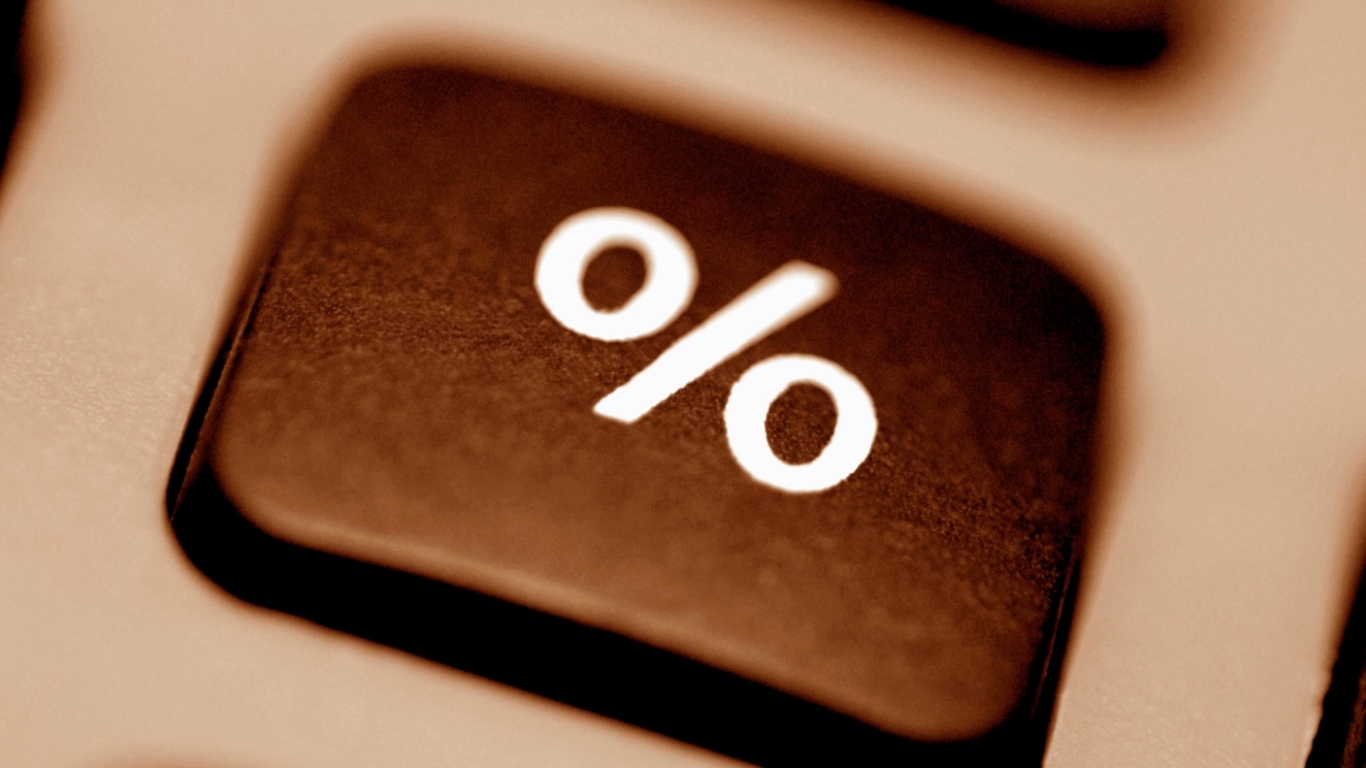
When economies struggle, the classic textbook move to stabilize and help a recovery is for a nation’s central bank to cut interest rates. The move aims to lower the cost of borrowing and make credit conditions easier for businesses and consumers alike. When there is a global slowdown, central banks around the world to typically lower interest rates.
Now that the United States has lowered rates, and now that there is close to $15 trillion in sovereign-issued debt trading with negative interest rates, three more central banks have lowered their rates as well. The central banks in New Zealand, India and Thailand have all announced larger rate cuts.
India is the largest of the three economies, and the Reserve Bank of India lowered its benchmark by 35 basis points. The move reduced the policy repo rate under the liquidity adjustment facility to 5.40% from 5.75%. The bank’s reverse repo rate was revised to 5.15%, and the marginal standing facility rate and the official Bank Rate went to 5.65%. India’s Monetary Policy Committee also decided to maintain the accommodative stance of monetary policy in its statement, with its objective of keeping inflation within a 2% up/down band of 4%.
The Reserve Bank of New Zealand was expected to lower its benchmark rate by 25 basis points, but it delivered a 50 basis point cut and took its official cash rate to 1.00%. That move is after Australia cut rates in June and July. The RBNZ’s statement sounds similar to that of the United States, with employment around its maximum sustainable level while inflation remains within its target range but below the 2% midpoint. The RBNZ noted that GDP growth has slowed over the past year and growth headwinds are rising, and also that without stimulus the employment and inflation would likely ease relative to the bank’s targets.
The Bank of Thailand was a surprise rate cut of 25 basis points and was the first such reduction in about four years. Its Monetary Policy Committee voted five to two to reduce the policy rate to 1.50% from 1.75%. The Thai statement said:
In deliberating their policy decision, the Committee assessed that the Thai economy would expand at a lower rate than previously assessed due to a contraction in merchandise exports, which started to affect domestic demand. Inflation was projected to be lower than the lower bound of the inflation target. Overall financial conditions remained accommodative. Financial stability risks had already been addressed to some extent, although there remained pockets of risks that warranted monitoring. A more accommodative monetary policy stance would contribute to the continuation of economic growth and should support the rise of headline inflation toward target.
While central banks do not usually have to coordinate interest rate cuts, the reality is that in a global economy most nations tend to have many of the same circumstances as their trading partners and nearby nations. That is of course a rule of thumb rather than an absolute, but this is a time when the global economic growth picture remains pressured rather than rising. The U.S./China trade war is not helping matters, but the global growth story is wider than just what is happening between the United States and China.
On last look, the yield on the two-year Treasury note was 1.52% and the yield on the 10-year Treasury note was 1.61%. The yield on the 30-year Treasury note was also down to 2.14%. The drop on the two-year yield is now about 35 basis points over the past month, but the longer-dated maturities have seen their yields come down by 40 or more basis points.
If the 30-year Treasury yield seems low even for a rate cut and slowing growth story, recall that the low in July of 2016 was 2.10%, and the trough yield from the Great Recession was about 2.51% in December of 2008.
President Donald Trump also issued three tweets calling for yet more action from Fed Chair Jerome Powell and the U.S. Federal Reserve to be more aggressive on interest rates:
“Three more Central Banks cut rates.” Our problem is not China – We are stronger than ever, money is pouring into the U.S. while China is losing companies by the thousands to other countries, and their currency is under siege – Our problem is a Federal Reserve that is too…..
— Donald J. Trump (@realDonaldTrump) August 7, 2019
….terrible thing to watch, especially when things could be taken care of sooo easily. We will WIN anyway, but it would be much easier if the Fed understood, which they don’t, that we are competing against other countries, all of whom want to do well at our expense!
— Donald J. Trump (@realDonaldTrump) August 7, 2019
As more economies chase each other in lowering interest rates, gold was last seen up almost $11 per ounce and back at $1,495. The Dow Jones industrial average was last seen down 328 points at 25,701, and the S&P 500 was down over 27 points at 2,854.50.
Credit card companies are handing out rewards and benefits to win the best customers. A good cash back card can be worth thousands of dollars a year in free money, not to mention other perks like travel, insurance, and access to fancy lounges. See our top picks for the best credit cards today. You won’t want to miss some of these offers.
Flywheel Publishing has partnered with CardRatings for our coverage of credit card products. Flywheel Publishing and CardRatings may receive a commission from card issuers.
Thank you for reading! Have some feedback for us?
Contact the 24/7 Wall St. editorial team.


